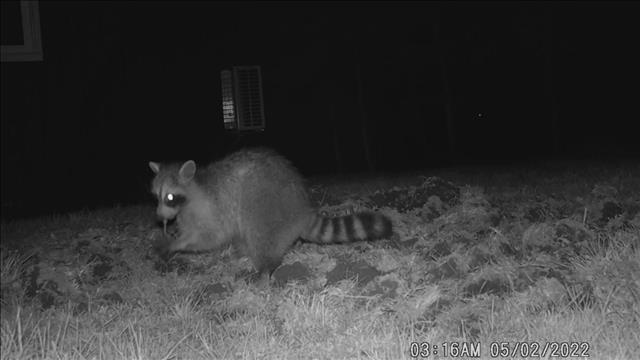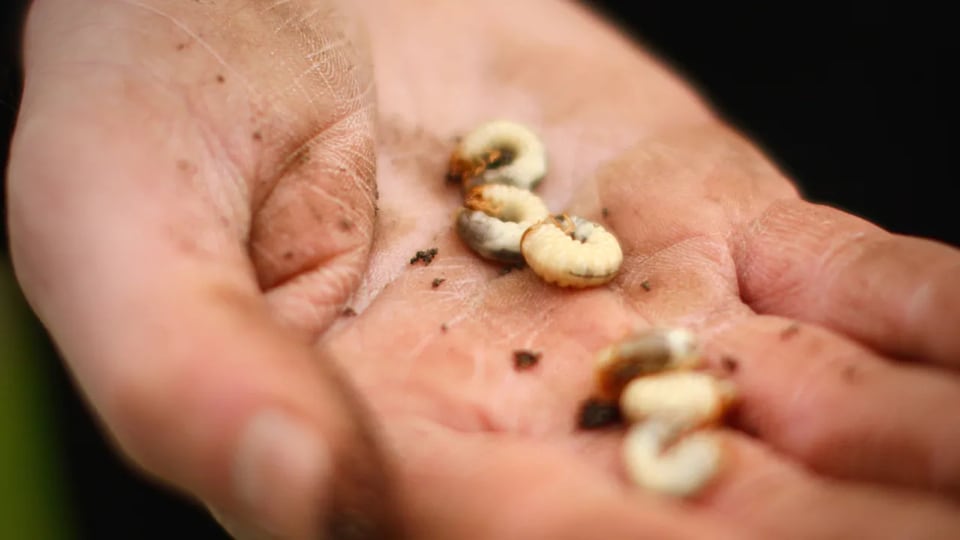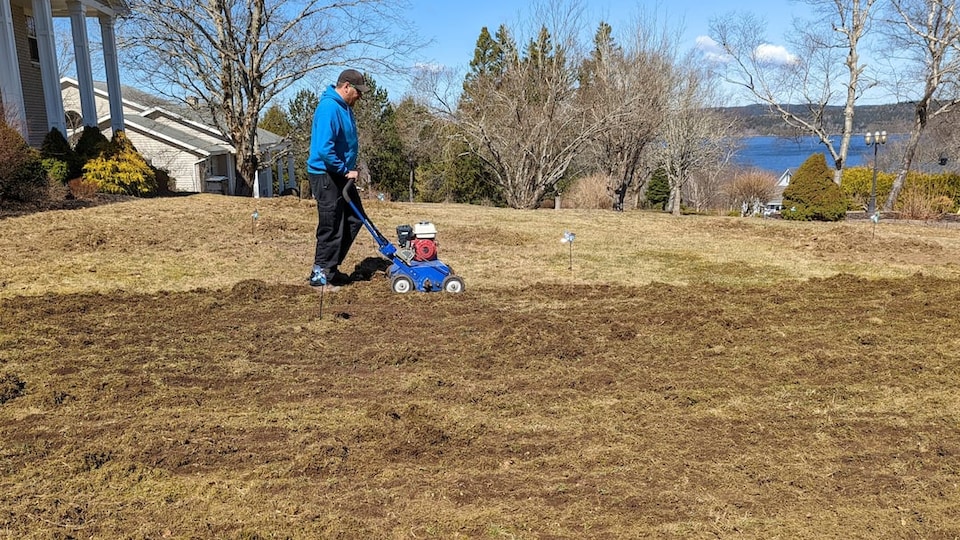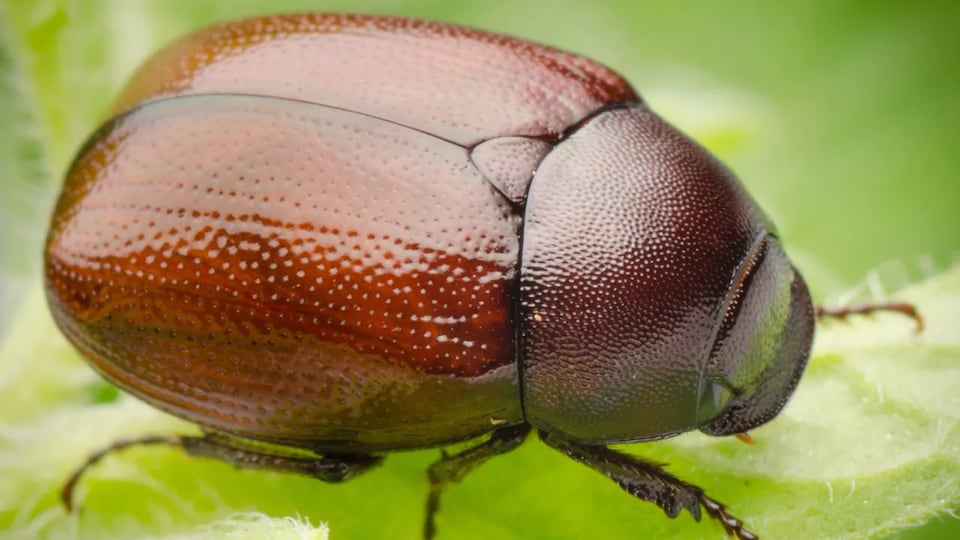Like many New Brunswickers, Kayla Stevens of Saint John wonders why her lawn is upside down.
Sections are turned over, turf is pulled up, soil exposed.
The guilty? A white grub, which loves to eat the root of the grass and which attracts raccoons, skunks and other beasts which revel in the insect.
White grubs are the larvae of certain beetles, such as the cockchafer and beetle.
A year worse than the others
White grub is one of the most difficult lawn pests to exterminate according to Health Canada.
Their presence causes a double problem. On the one hand, the larvae feed on the grass roots and, on the other hand, animals scratch the ground to eat them.
Landscaping experts note that the problem is worse this year.
Zachary Munn of the company Valley Plus Lawncare in Quispamsis has only to look at a field to know if there are white grubs. Or even roll your eyes.
Sometimes I watch what the birds do
he explains.
If he sees them dive in and come away with a piece of grass, he knows they’ve found worms.
” And if there is one, there are surely a thousand. »
He observes that this year is one of the worst they have ever seen. It easily finds 50 worms in a square foot of soil.
The weather played an important role in the proliferation of critters.
The beetles lay their eggs in late June and the young larvae begin eating grass roots within a few weeks.
Fairly dry July and August can kill many eggs, but July was particularly wet last year. There was therefore no lack of worms and these had plenty of food available until the fall, when the larvae settled deeper in the ground for the winter.
A less cold winter also allows the larvae to start feeding early in the spring and thus feed the cycle.
They reproduce and each year you can have thousands of them, which grow into millions and then into billions. A few years ago I saw the problem start on a piece of land in a neighborhood and now every lawn in the neighborhood has this problem it is spreading fast
emphasizes Zachary Munn.
What to do?
Richard Blaquière of Quispamsis saw his lawn deteriorate rapidly. He installed a camera and it didn’t take long before it caught a raccoon.

Richard Blaquière captured images of this raccoon enjoying white worms in Quispamsis.
They are the most efficient they roll the lawn. It’s still amazing to watch them.
he said.
Mr. Blaquière has no intention of intervening and prefers to let nature take its course.
It will make less lawn to mow
he mentions philosophically.
Those who want an impeccable lawn can call on a specialized company. Zachary Munn explains that in the most extreme cases, he will sometimes need to pull up the entire lawn, treat the soil with chemical or biological products and then replant the grass seed.
Health Canada recommends keeping a healthy lawn because this allows it to better deal with an invading insect. It is possible to aerate your lawn and let the grass grow two to three inches before mowing it since beetles prefer to lay eggs on shorter grass.
Leave clippings on the lawn, as the slow release of nitrogen promotes the decomposition of thatch by microorganisms
we recommend.
According to a report by Mary Sutherland of CBC
Reference-ici.radio-canada.ca


